Cold Weather Exploration of Nara’s Countryside
2023/12/20
As fall wraps up and winter closes in, temperatures are now starting to cool and an aura of space and silence is spreading throughout Nara Prefecture’s countryside. From the late spring through early fall, Nara is an absolute joy to explore for a variety of reasons, with its lush green landscapes, incredible views, and abundance of active wildlife. However, there are a couple of things that I personally prefer about the winter for outdoor activities in Japan; namely the lack of stinging/biting insects and the clearing of the grasses and undergrowth. These 2 features make that exploration of that little side trial you always wanted to go on — but looked a bit too much like a would-be fray into bloodthirsty insect heaven — suddenly seem like an inviting and fun side adventure.
Other great reasons to enjoy the winter season in Nara include beautiful snowy landscapes, walks through citrus fruit farmland, solitude, and the feeling of taking a dip in the onsen to warm up after a long day outside in the cold.
In this blog, let’s take a look at a few nice places to visit during the winter in Nara Prefecture.
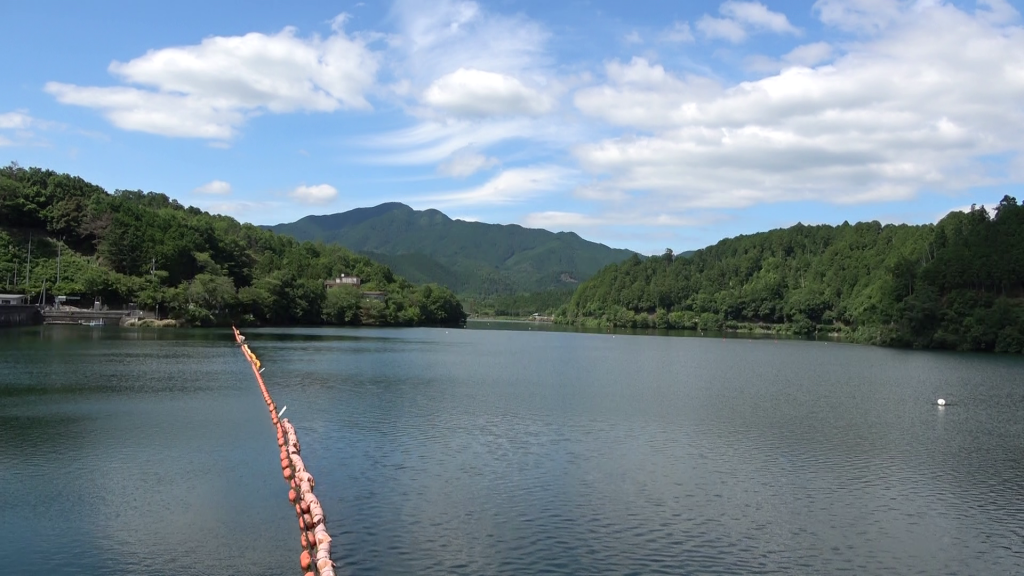
A relatively little known feature of the southern mountain town of Yoshino, Lake Tsuburo is a popular spot for fishing and outdoor recreation that is beautiful during all seasons of the year. During the winter months, you can enjoy a relaxing walk or bike ride (using an electric bicycle rental from the town’s Information Center here) around the area or perhaps just sit and enjoy the many great lakeside views without worrying about about mosquitos or flies giving you any trouble. There are also a couple of suspension bridges you can cross that make for great photo spots. If you are the type of person that likes to spend time out on the water, you can also rent a small row boat from the dock facility and drift about on this serene sheltered mountain lake to your heart’s content. In this regard, Tsuburo-ko is actually a fairly unusual resource — there are not very many places around Kansai that you can just go and rent a boat on a whim, especially with such calm waters and and nice surrounding mountain scenery.
Official website (in Japanese) with updated info about boat rentals here.
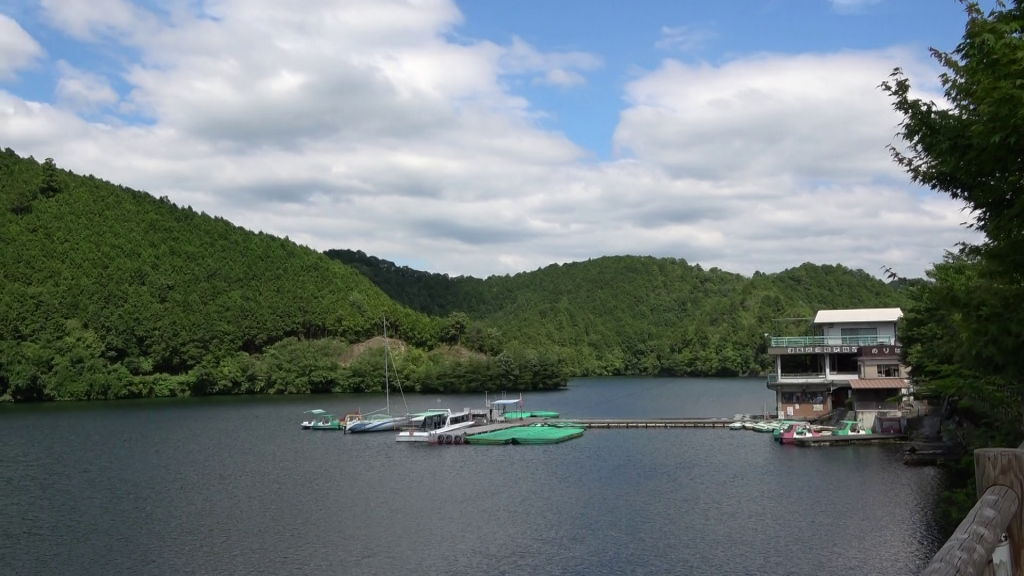
Boat dock and Tourist Information Center at Lake Tsuburo-ko. Features boat rental services and a restaurant with great views over the lake.
Access
Accessing Tsuburo-ko is easy by car, or you can go to the nearest train station, Kintetsu Yamato-Kamiichi, and rent an electric bike and ride for about 15-20 minutes to access the lake (official bike rental website). Walking the distance is possible but it is about a 5.5 KM trek with some uphill, so not easy.
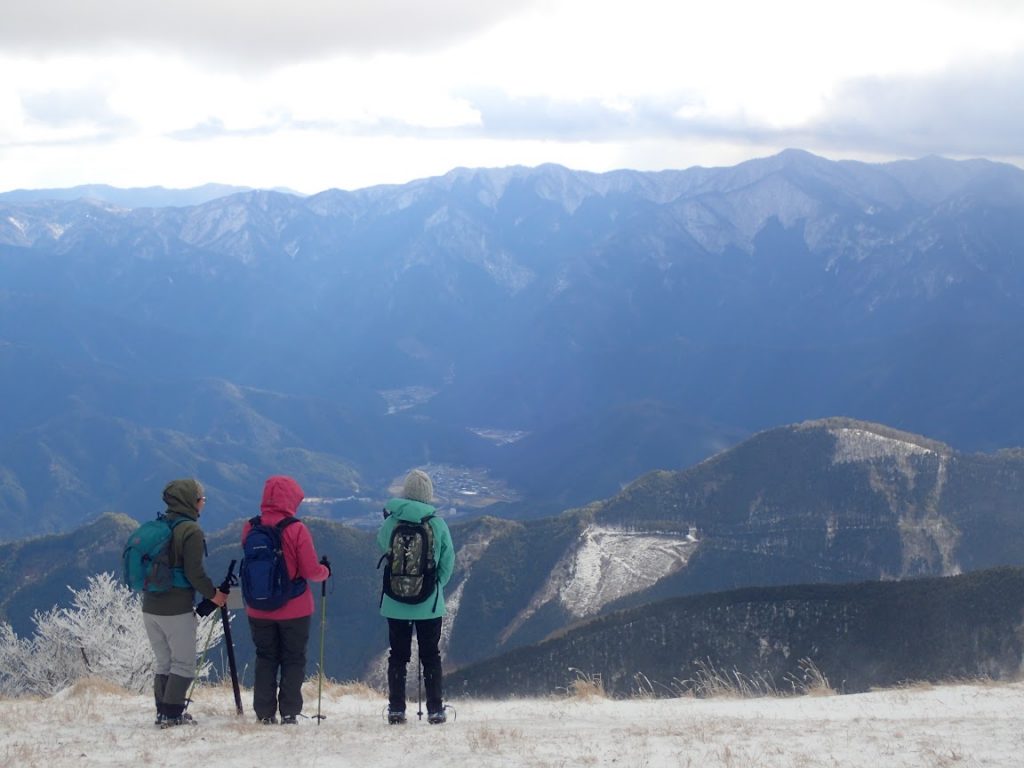
Near the peak of Mt. Miune in the winter time.
Mt Miune is located in the eastern village of Mitsue, home to an ancient route leading to the Ise-jingu Shrine (according to legend, the local Mitsue Shrine was a possible candidate for where to enshrine the god Amaterasu before the Ise site was discovered) made up of rugged mountains and narrow river valleys populated by small settlements of homes. Though a beautiful hike in the warmer months, Mt Miune seems to be more well-known for the frost lime-covered tree effect which takes place on and around the peak of the northern slope. Somewhat of an anomaly compared to surrounding mountains, the top of Mt. Miune is actually 3 peaks (giving it its name), which form a sort of giant and wide ridgeline made up native forest and open meadows offering amazing views into both Mie and Nara Prefectures.
After the hike, a great spot to warm up is the onsen facility attached to the Mitsue Roadside Station, where you can also peruse and purchase local goods and eat food at the built-in restaurant. Neighboring Soni Village’s famous onsen facility is also a popular place to visit as it features amazing mountain views and is located next to the beautiful Soni Kogen Highland. For more detailed information about the hike up Mt. Miune, my blog specifically about it is here.
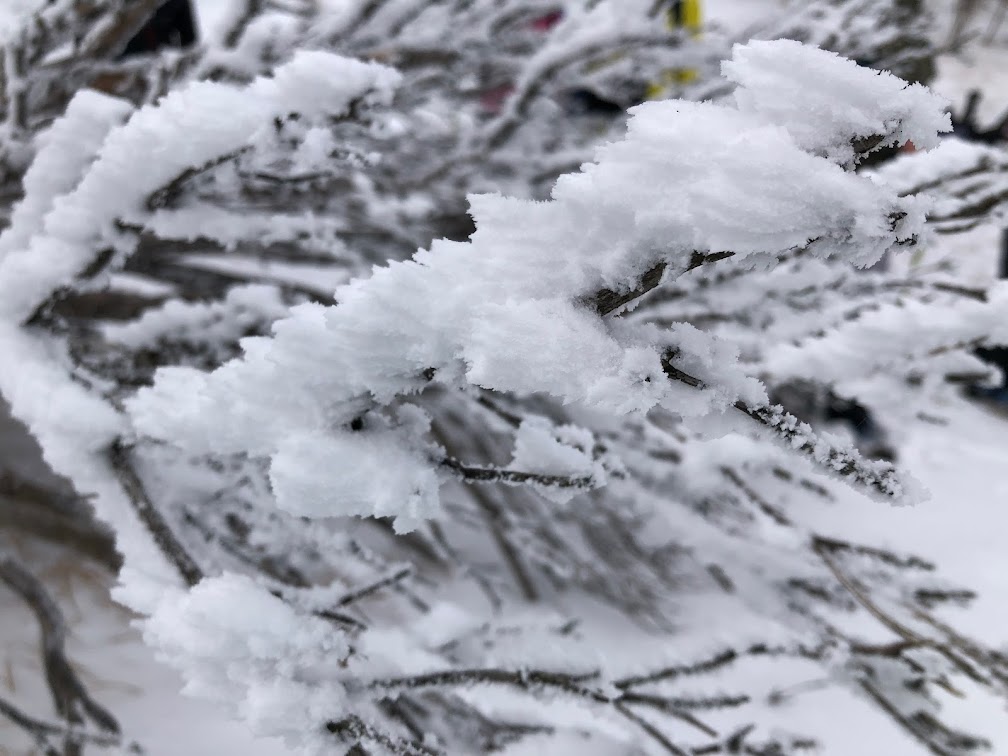
The famed frost rime that coats the trees around the peak.
Access
Unfortunately, this part of Nara Prefecture still remains quite difficult to reach for those without vehicle transportation, so renting a car to get to the trailhead is definitely the recommended way to go for international visitors. At the time of this writing, there simply is no train line nor direct bus to the trail from other parts of the Kansai region.
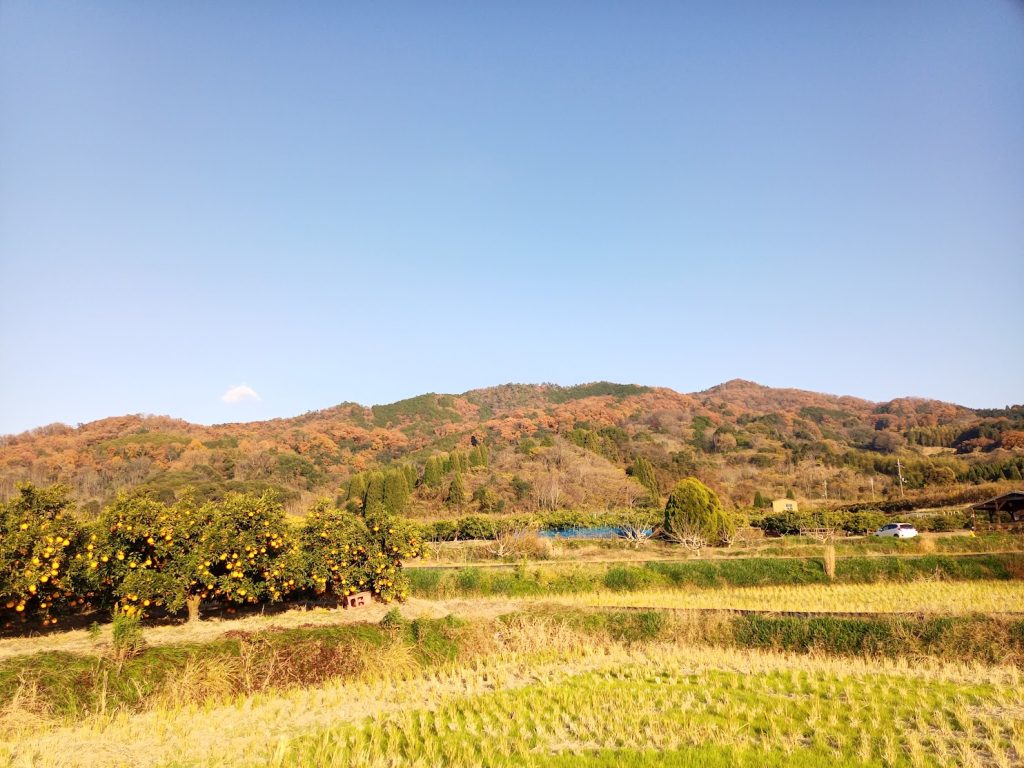
Citrus orchards and a view over the eastern mountains of the Nara Basin along the Yamanobe-no-Michi.
Known as Japan’s oldest road, the Yamanobe no Michi runs from Nara City to Sakurai City under the eastern mountains of the Nara Basin and past numerous ancient historical sites, including Buddhist temples, Shinto shrines and tomb mounds for Japan’s early Imperial family. Besides its deep historical significance, the Southern Yamanobe (between Tenri City and Sakurai City) is also a route which runs through a lot of a agricultural land, especially citrus fruit farms which come into season in the fall and winter months. In recent years this ancient route has seen a lot of significant development to make it easier for international travelers to walk, with new English signs and locally owned restaurants and cafes popping up here and there to meet the needs of an increasing amount of visitors Last time I walked the route I was somewhat to surprised to find a trail center along the way which was serving dishes made with Nara wagyu beef, yum!
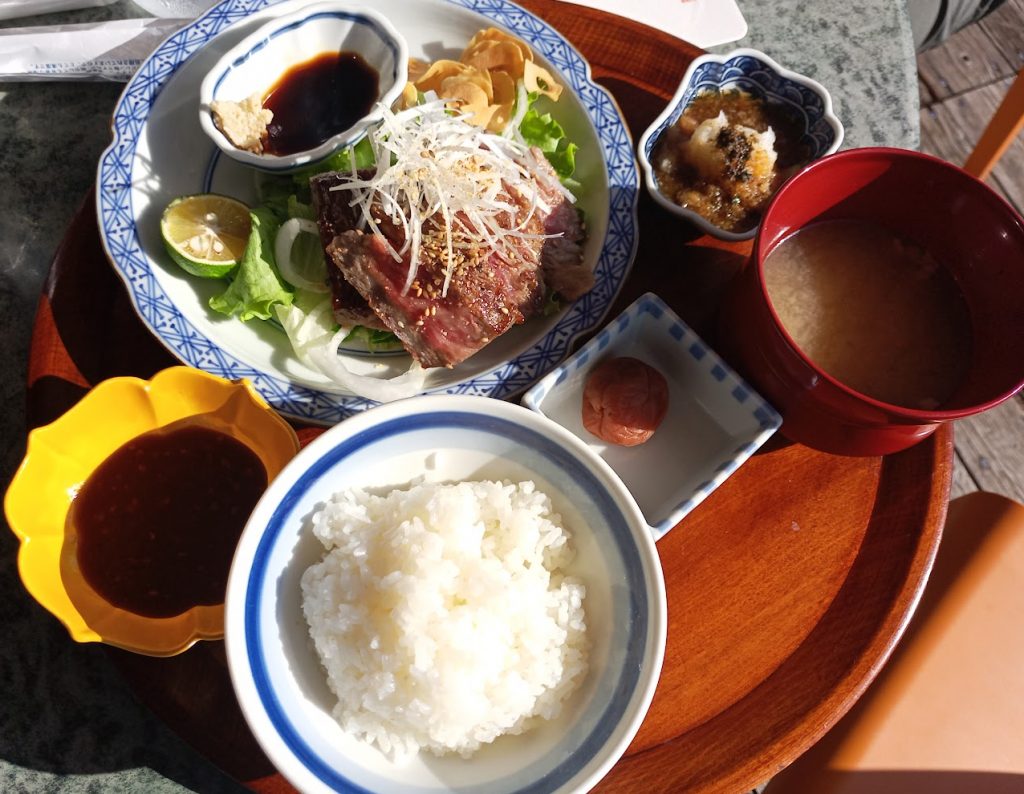
High-quality Nara wagyu beef set from the restaurant in the Trail Center close to Chogaku-ji Temple. It is easy to access this section of the Yamanobe via walking from JR Yanagimoto Station.

Looking towards Mt. Miwa on the Yamanobe-no-Michi.
One popular feature of this route are the unmanned goods booths which feature seasonal goods that are sold on the honor system, often for much cheaper prices in comparison to equivalent grocery store food. The late fall through the winter is perhaps the best time of year for those wanting to reap the benefits of the bargains to be found at these booths as there is a range of types of citrus, from giant lemons, to bags packed with small mikan—all usually only the price of a few 100 yen dropped into a lock box. I think it can be said that there is something truly heart-warming (which will come in handy during the cold weather) about the sense of communal benefit and trust that exists among the countryside communities along the Yamanobe no Michi which operate these booths. The Yamanobe no Michi is a route that that must be experienced first-hand to be fully appreciated, and due to being a route that is mostly paved, any time of year is a great time to do so.

An “¥100 shop” unmanned goods booth found along the Yamanobe-no-Michi.
This ancient route is already widely written about in our blogs. For more detailed info about the southern section discussed here, check this blog, and for info about the northern route (between Nara City and Tenri City) please see here.
Access:
The southern section of the Yamanobe no Michi is thankfully easy to recommend because of the parallel running JR train line which makes it both easy to access and easy to leave from along the way. For those who like to walk, the route from Tenri Station to Miwa Station is an excellent full day course which has an amazing amount of sites to see along the way. Those who wish for less walking but still want a hearty sample of Yamanobe goodness, walking from Yanagimoto Station to Miwa Station is a great alternative shorter course which still has a lot of amazing sightseeing spots and nice scenery along the way.
For more suggestions about great places to visit during the colder months, please feel free to contact us anytime!

01
FIND YOUR FAVORITE
TRIP ON OUR WEBSITE.
SEND US AN INQUIRY.

02
PERSONALIZE THE TRIP
TO YOUR INTERESTS
WITH OUR CONSULTANT.

03
20% DEPOSIT TO CONFIRM.
BALANCE PRIOR TO ARRIVAL.
PAYMENT BY CC OR TT.

04
WE WILL
MEET YOU
AT THE AIRPORT.

05
DISCOVER THE
TREASURES!